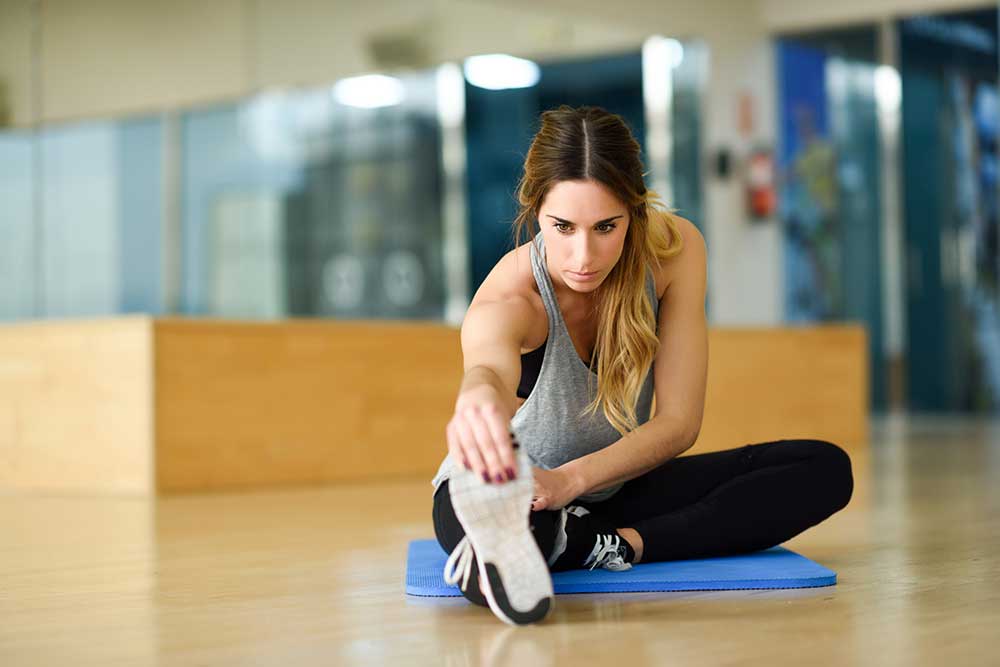The Importance of Comprehensive Patient Treatment for Sport Injury
A patient recently said to me, “I have realized that I cannot rely entirely on you and I need to do my homework.” This really caught my attention. For the sake of this blog, we’re going to call this patient Alice.
Alice has a very stubborn injury as she prepares for a marathon. She has acknowledged and understands that this particular injury would respond more positively to treatment if she stopped running. Nevertheless, Alice wants to complete the challenge she has set forth and is willing to continue with her rigorous training despite the aggravation and perpetuation of her injury. This is not uncommon. Many patients choose to continue exercising despite their condition not improving. As long as Alice is educated and aware of the risks associated with continued participation in activity the choice is up to her. Of course, our preference is to allow patients to continue with their desired sport while their injury recovers but this doesn’t always work.
The Importance of Homework
When Alice said, “I have realized that I cannot rely entirely on you and I need to do my homework,” she was referring to the home exercises and strategies that I have suggested to do at home. Throughout her training, she has found that the treatment at our clinic is helping with her symptoms and allowing training to be possible. If she stopped training, her injury would likely be resolved. In the very least we are assisting her in making it to the starting line. Recently, Alice has admitted that she has been less diligent with her homework and as a result, the symptoms have worsened. So, the point of this blog is to remind all of us (practitioners and patients included) there is always homework. I cannot think of a condition that does not entail some form of recommendation for home care. If you’re receiving treatment for a condition or injury and you haven’t been given any suggestions, make sure you ask your practitioner. Stretches, strengthening exercises, warm up strategies, postural advice, movements to temporarily avoid, supportive devices or modification of a training schedule are all examples of suggestions that a practitioner might give a patient. Your practitioner should always be able to offer some amount of ‘homework.’
Often patients and practitioners can fall into the trap of labelling one part of the recovery plan as the thing that fixed an injury. This is often impossible to identify. The way I like to view it is that we need to stack the odds in our favour. Instead of relying on one home exercise or one treatment approach at the clinic, why not try and make a list of variables that are potentially harmful and a list of variables that are expected to be helpful? We can try and stack the odds in our favour. For example, a patient is training for a marathon and they find that the bottom of the foot is very sore. The patient and the practitioner put their heads together and after diagnosing the problem make a list of things that are helpful and those that aren’t helpful to the injury. Obviously, the goal then is to try and do as many of the helpful items as possible while trying to avoid the harmful ones.
Helpful:
Clinical Treatment – Active Release Technique, Graston Technique, Laser Therapy.
At Home – Stretching of the calf muscles, wearing supportive shoes around the house, self-mobilization of the plantar fascia at home, ice, heat, topical rub, running on a flat gradient, running with proper gait, wearing Strassburg sock.
Unhelpful:
“Extra” walking during the day, running through pain when present, walking barefoot, jumping, wearing high heels, soft tissue mobilization over the muscular insertion at calcaneus, standing too long at work.
Keep in mind, the aforementioned list is theoretical and only to be viewed as an example. The point is the patient and practitioner can make a list specific to that diagnosis and more importantly, relevant to that person’s pain, dysfunction and response to different approaches. The idea is to not look for “one thing” that fixes an injury. There is likely a whole bunch of good things and bad things to address. If we can address as many of these as possible, the likelihood for successful injury recovery in a timely fashion is greater. Therefore, of course…nobody should just rely on the passive treatment provided by a practitioner. There is always something you can do on your own to assist with the process.
—
Dr. Kevin McIntyre B.Kin, DC
Clinic Director at Burlington Sports Therapy
https://burlingtonsportstherapy.com








